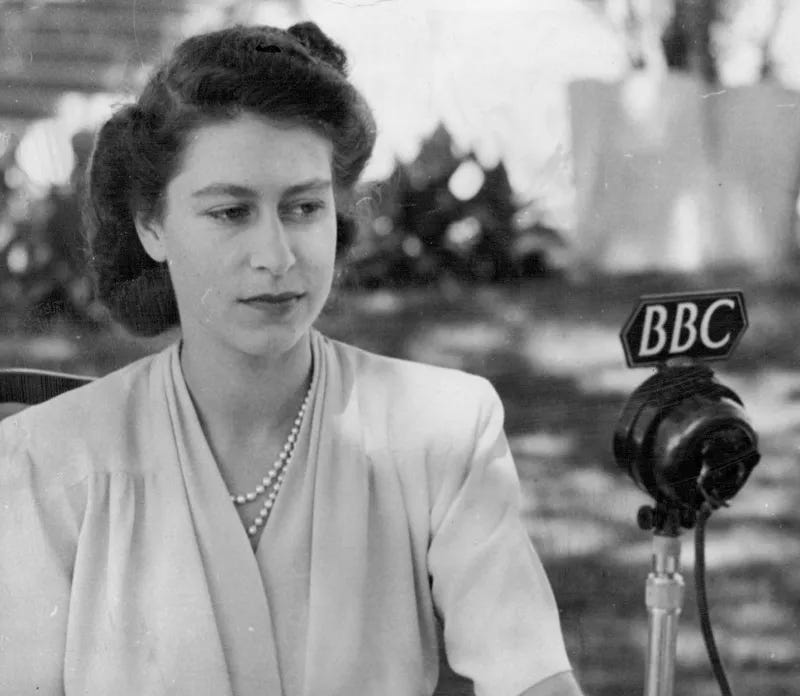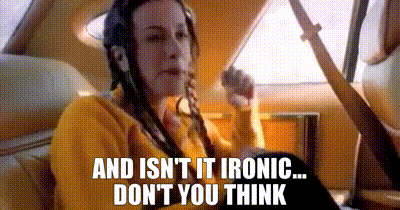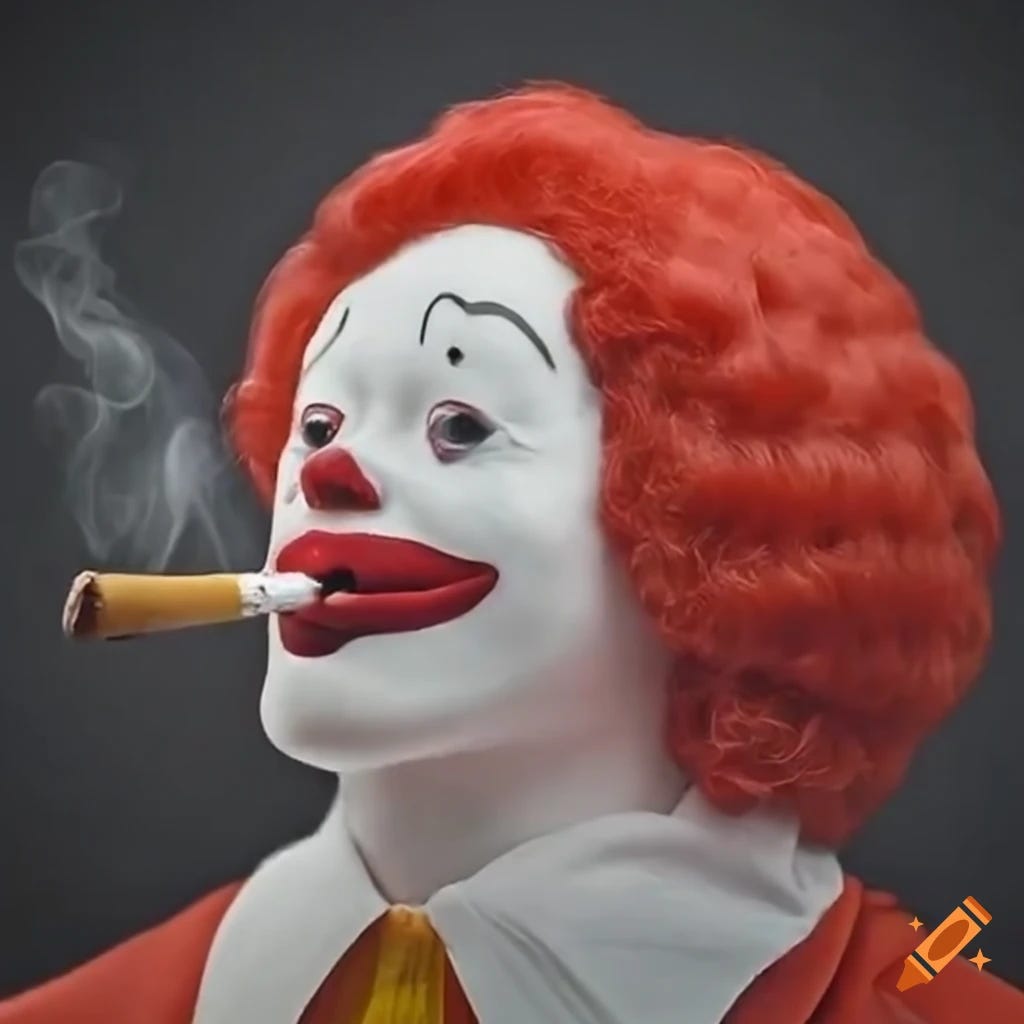Royal Rota 101 & The Series Premiere of Princess Diana (SERIES)
Royal Women & The Rags: Part 2 of a Multi-Part Series
Pulling Threads by Meredith Constant is an entirely reader-funded endeavor. Extensive research goes into a series like Royal Women & The Rags and new subscribers allow me to do this and even more as I work on making this a part/full-time job. Thank you for your support.
The relationship between the Royal Family and the British media is a symbiotic one. They rely on each other for survival, complicated even further by the fact that the royals are, in part, a taxpayer-funded institution. Before we dive back in, a quick detour about the British Monarchy’s “press pool”—for a lack of a better term—the Royal Rota.
Monarchy and media is a long, winding, toxic love affair.. Historically, portraiture or coins were a popular way to share the RF with the masses. Queen Victoria — the great-great grandmother of Queen Elizabeth II — became the first to feature in newsreels, giving new access to the people and their sovereign. On Christmas Day 1932, the British people got to hear their sovereign, King George V, become the first British Monarch to deliver a live radio address. Two decades later, King George’s granddaughter, Queen Elizabeth II, would become the first British Monarch to have a televised coronation in June 1953. (I’ve left out King Edward—Elizabeth’s uncle, and Wallis Simpson intentionally, I’ve already done a deep-dive on their media relationship in a previous series you can find here.)
The media relationship was chugging along, until a 19-year-old entered the picture and caught everyone off guard. Diana, like the rest of the royal family, believed that after the excitement of her 1981 nuptials to Charles died down, so too would the attention.
Everyone—even the media were— ‘caught unawares by the Princess Diana phenomenon’. The demand for Di made royal engagements (visits to patronages, ribbon cuttings, etc.) a logistical nightmare. On top of that, the papers rightfully argued that taxpayers deserved to know the goings on at taxpayer funded engagements.
And so the Royal Rota was born.
The Royal Rota is Not a Catch-All Term For Royal Reporting
The Royal Rota has roughly a dozen representatives including: The Daily Mail, Mail on Sunday, The Sun, The Mirror, Express, Telegraph, Hello! (a U.K. magazine only recently allowed entry), London Evening Standard, The Times, and Sunday Times. Half of these are tabloids. So, when people say, “who cares about the tabloids anyway?” Apparently the British Royal Family.
It’s akin to The National Enquirer being included in a traveling press pool for Vice President Kamala Harris and reporting on her visit to (insert swing state)…and the next day writing an article about how she is actually animatronic and the real Kamala Harris is hidden with Jeff Bezos’ underground clock that’s supposed to last 10,000 years in West Texas. (Honestly, the W2 tax returns for being a teenaged employee at McDonald’s also could have worked here.)










